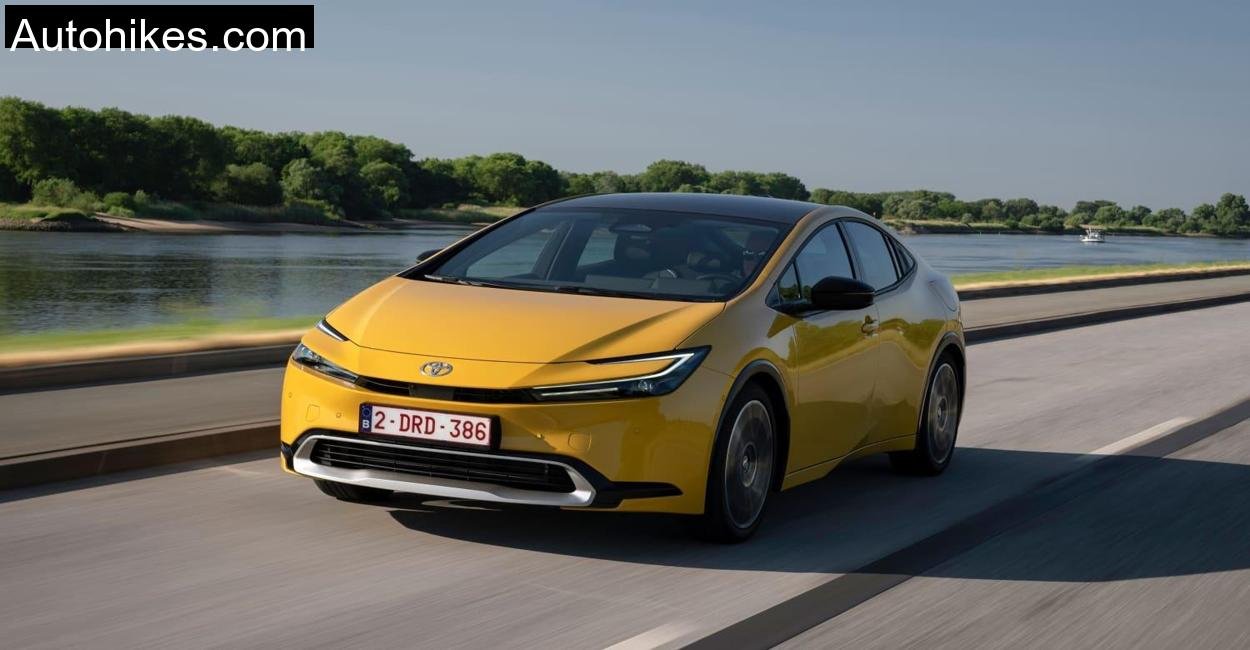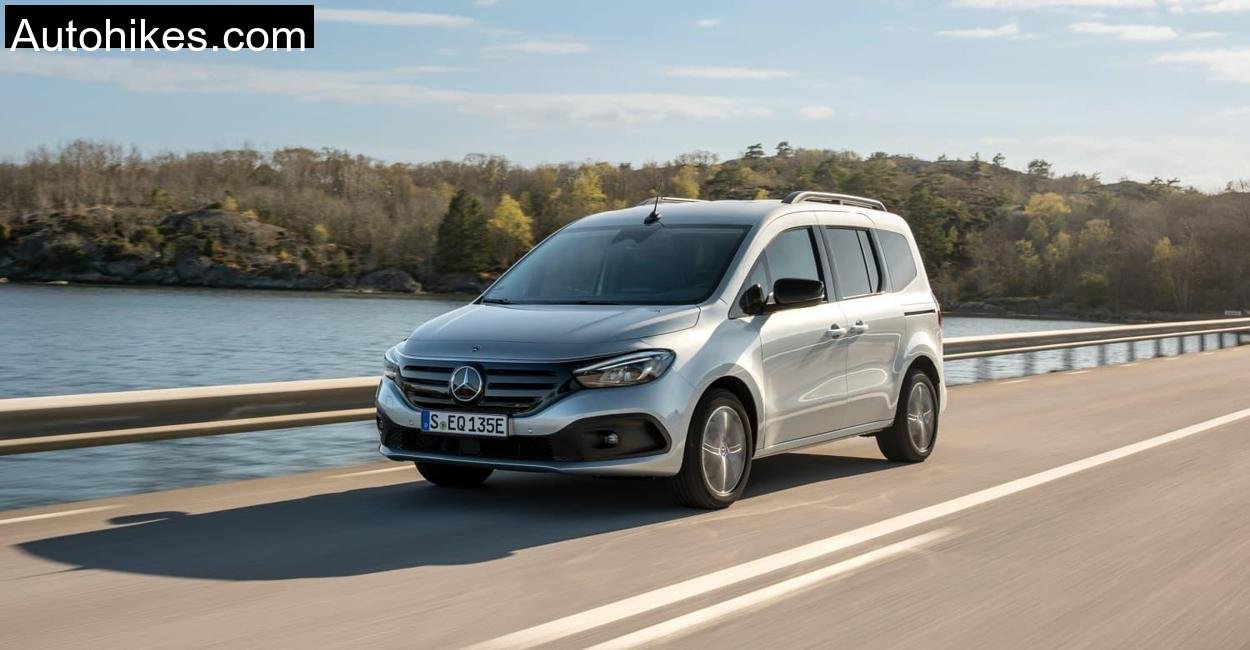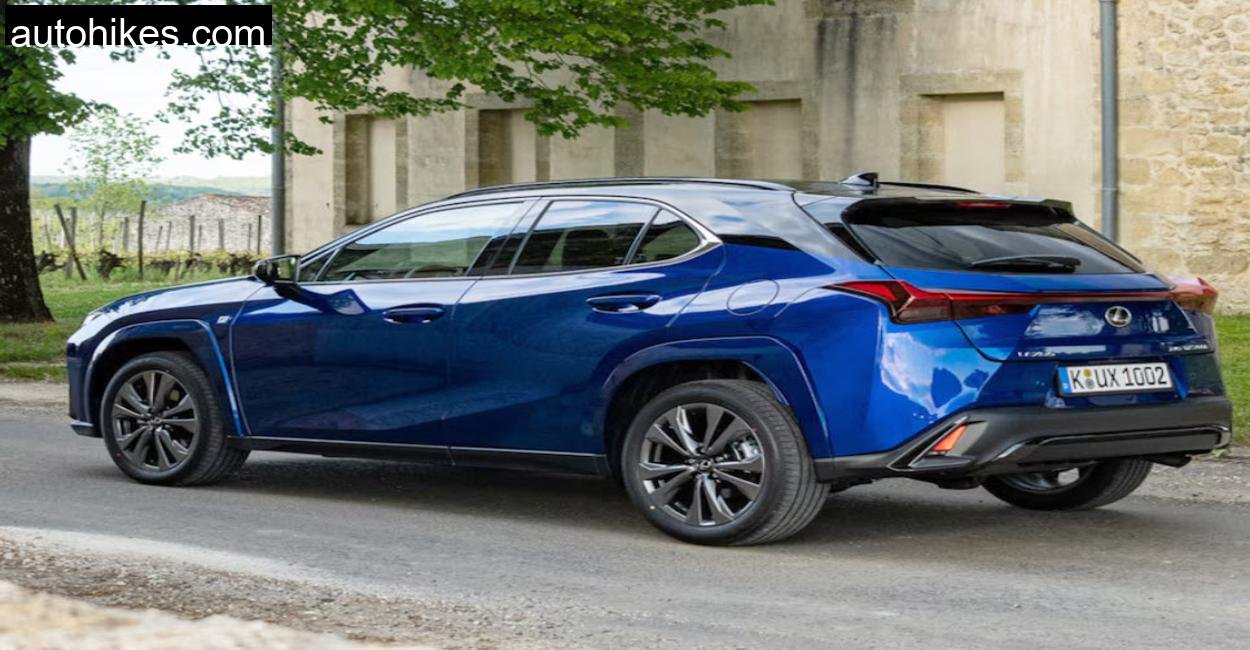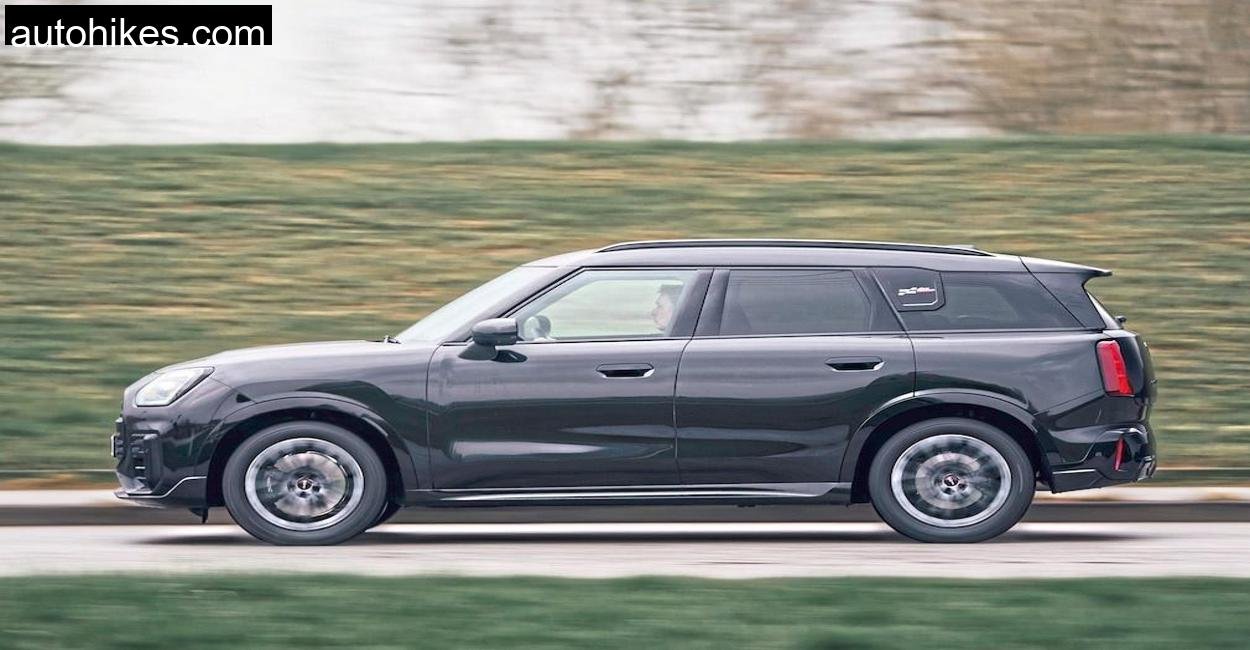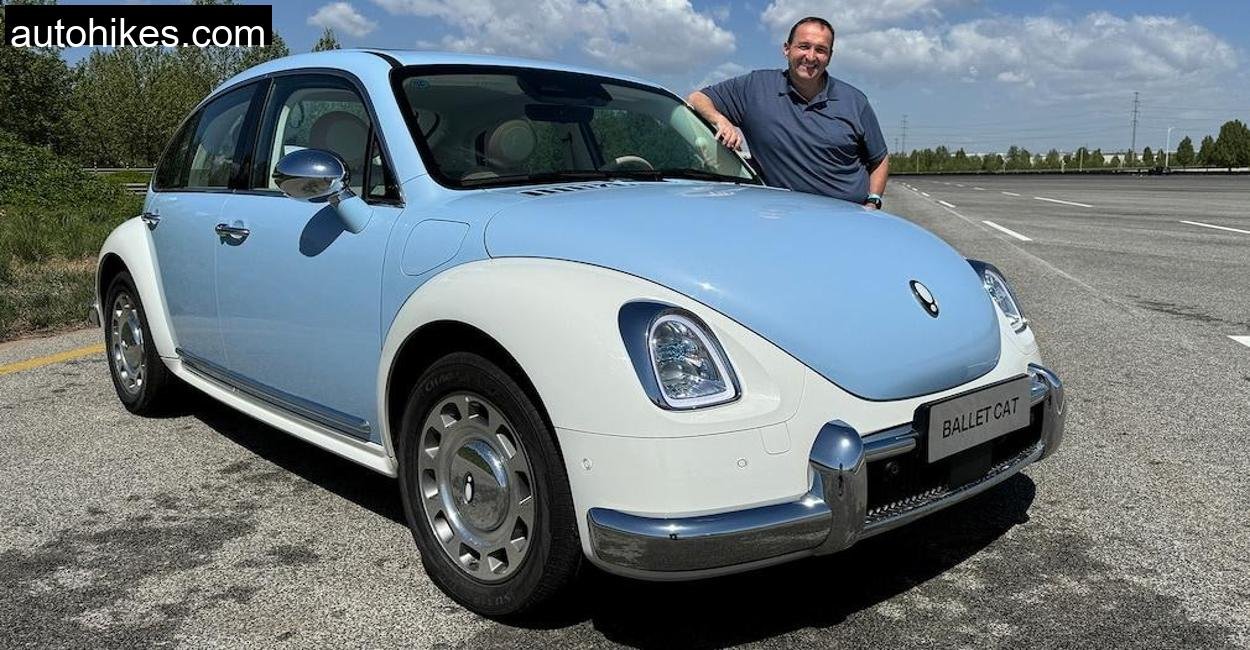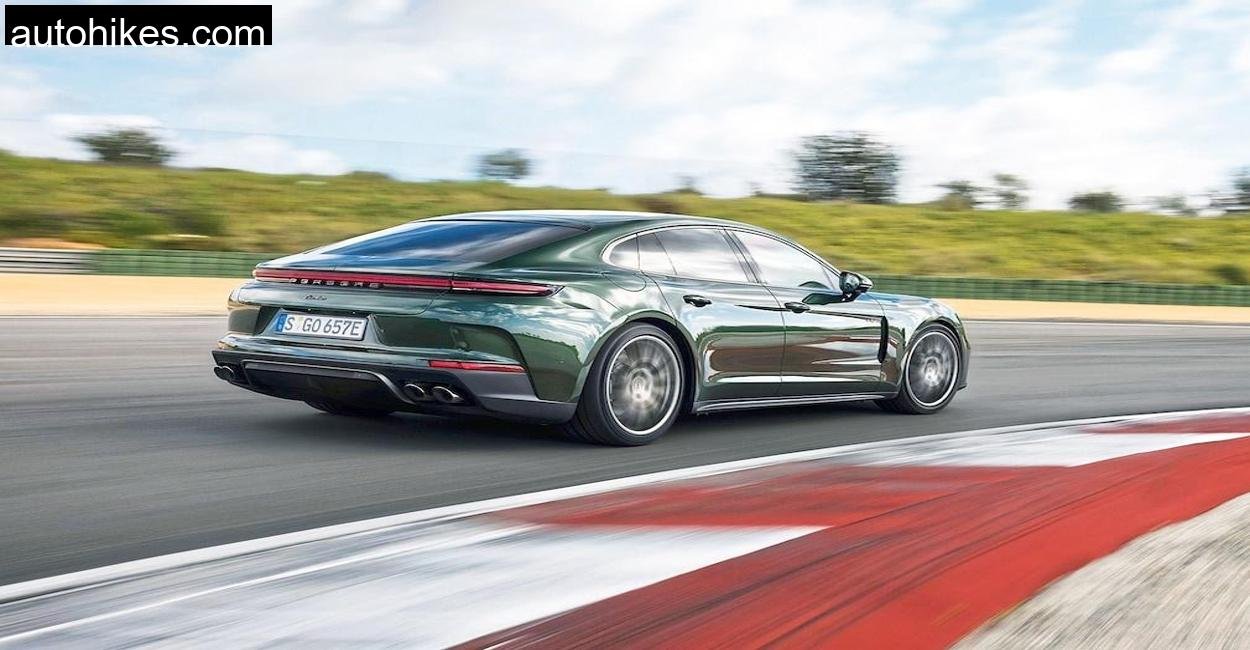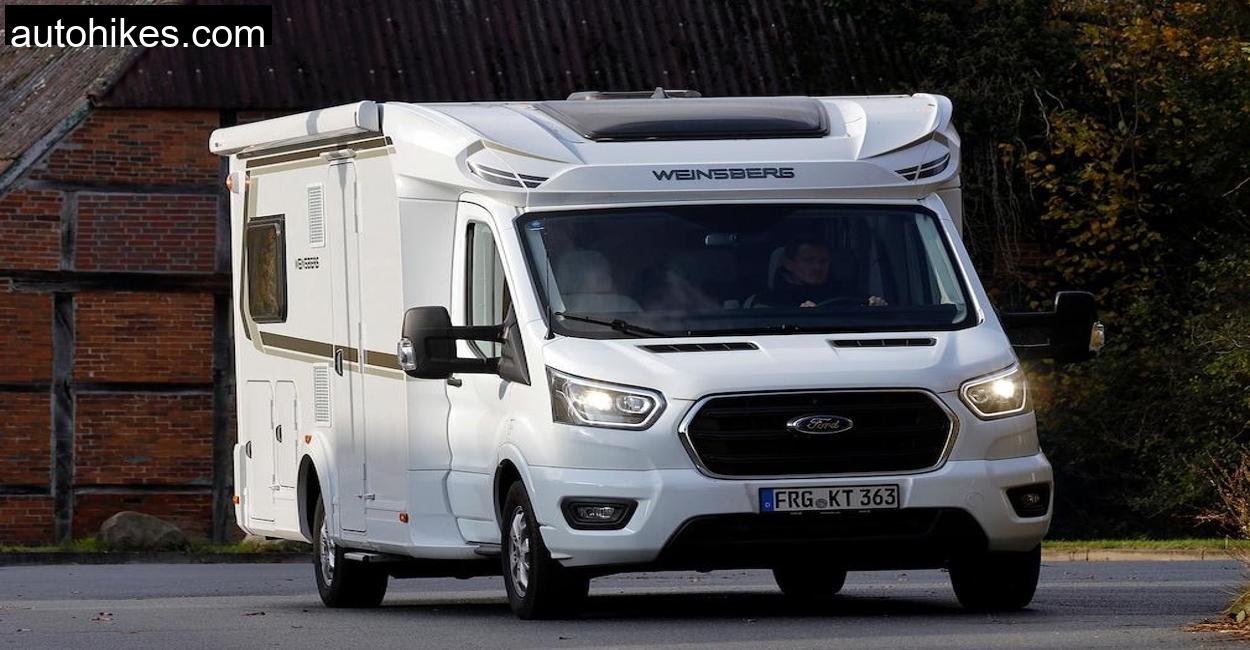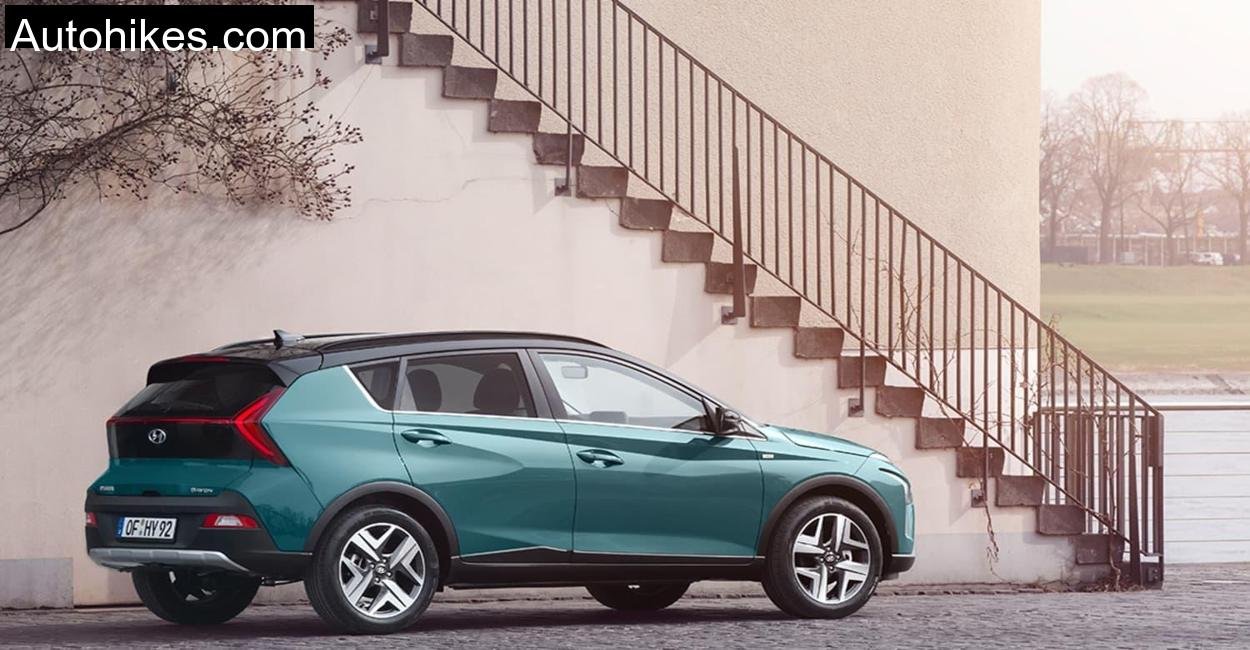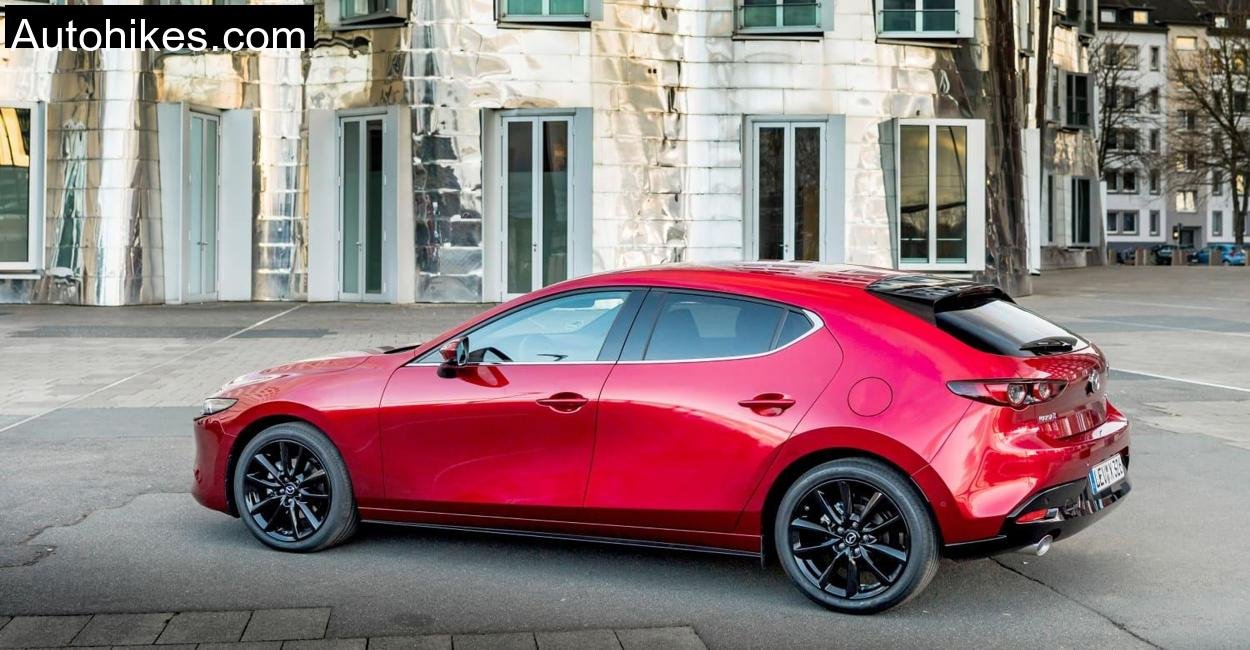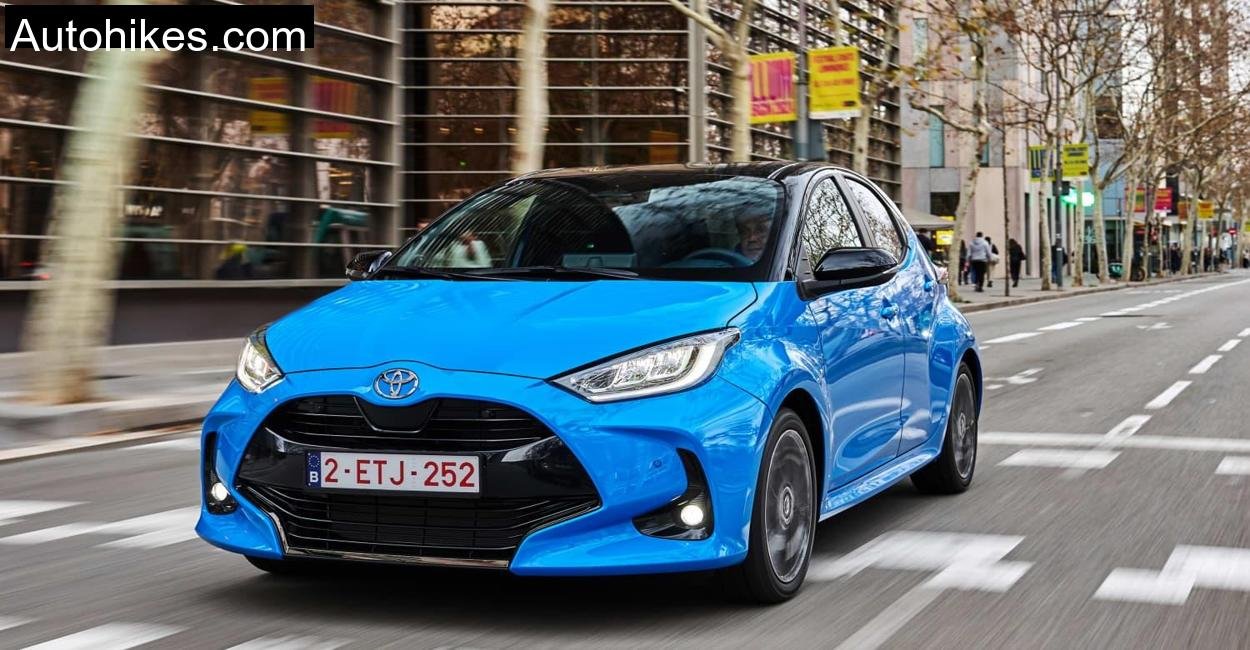It’s a brisk morning in the heart of Germany’s Hahnenkamm mountains, crisp alpine air, winding roads, and a silence only broken by the crunch of gravel under tire. This is the kind of place where a car’s dynamic character truly reveals itself. And today, I’m behind the wheel of the all-new 2024 Toyota Prius Plug-in Hybrid. Yes, the Prius, long the poster child of fuel economy and perhaps, let’s be honest, not the sexiest name in the industry. But this new generation? It’s rewriting the narrative.
Gone is the upright, appliance-like figure of the old Prius. In its place stands a sleek, coupe-inspired silhouette with a dash of athleticism. It looks fast standing still, and for the first time in my life, I actually turned around after parking to look at a Prius. That’s not something I ever expected to admit.
But a pretty face only gets you so far, right? This car needs to prove itself not just in specs but in feel, how it performs under throttle, how it handles a mountain switchback, and whether it still lives up to its legendary efficiency. Let’s dive in.
Under the Skin: The Specs that Matter
All specs mentioned are drawn directly from Toyota’s own online resources.
| Specification | Detail |
|---|---|
| Powertrain | 2.0L 4-cylinder + Electric Motor (PHEV) |
| System Power | 223 PS (164 kW) |
| Electric Motor Power | 163 PS (120 kW) |
| Battery Capacity | 13.6 kWh (Gross) |
| Electric Range (WLTP) | 72 km |
| Real-World Electric Range (ADAC) | 65 km |
| Acceleration (0-100 km/h) | 6.8 seconds |
| Top Speed (Hybrid Mode) | 177 km/h |
| Top Speed (EV Mode) | 135 km/h |
| Combined Fuel Consumption (WLTP) | 0.7 L/100km |
| Combined Electricity Consumption | 13.3 kWh/100km |
| ADAC Measured Fuel Consumption | 1.7 L/100km + 11.5 kWh/100 km |
| CO2 Emissions | 16 g/km (WLTP) |
| Charging Power (AC) | 3.3 kW |
| Curb Weight | 1592 kg |
| Price (Base) | €45,290 |
Cabin, Comfort and Controls
Sliding into the driver’s seat, the first thing I noticed was how low you sit. Not low in a cramped sense, but low like a sports sedan. The driving position is commanding without being overbearing. The dashboard is clean, practical, and finally, the instrument cluster is in front of the driver where it belongs, not awkwardly centered like in past models.
The seats? Surprisingly comfortable. I’m 1.83 meters tall, and I had plenty of leg and headroom. That said, the sloping roofline does limit space in the back. My buddy, who stands 1.90 meters, brushed the ceiling just sitting upright in the rear seats. Still, the Prius isn’t pretending to be a family hauler anymore, it’s clearly aiming for a younger, more style-conscious buyer.
The infotainment system is functional, though the screen could be bigger. Toyota continues to offer physical knobs for climate control, which I deeply appreciate. The steering wheel, however, is positioned a bit low, and adjusting it for a clear view of the digital cluster means my knees touch it. Odd ergonomic choices persist.
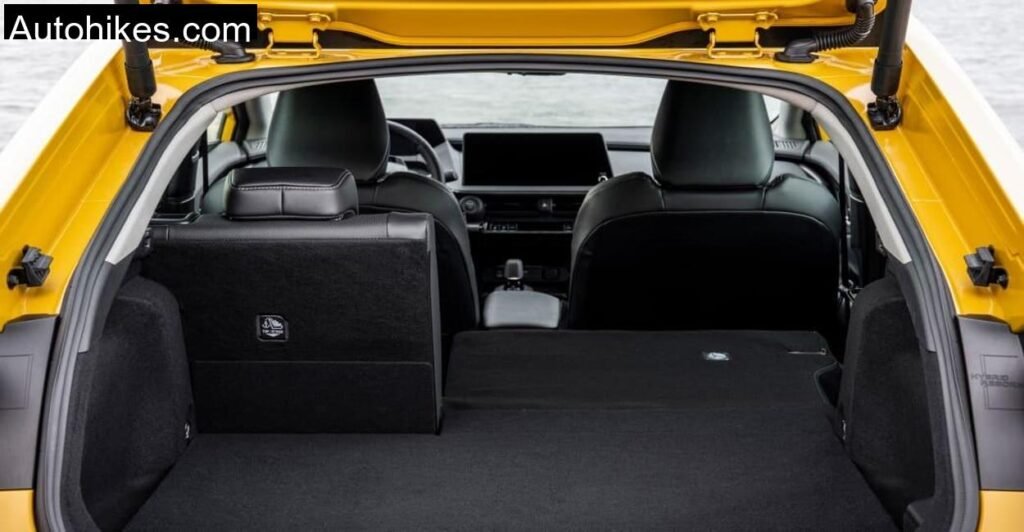
Climbing the Hahnenkamm: Performance on Real Roads
As we ascend the Hahnenkamm’s winding roads, the benefits of the new powertrain become immediately clear. The instant torque from the electric motor gives the Prius a lively, almost eager character. It feels more agile and responsive than any Prius I’ve driven before.
There’s minimal delay when you step on the throttle. The car pulls strongly, especially in the 60-100 km/h range. Toyota claims 4.3 seconds for that overtaking sprint, and it feels about right. The combination of the 2.0L engine and the 163 PS electric motor is buttery smooth. Transitions between electric and hybrid modes are seamless.
Even on steep slopes, I rarely heard the petrol engine grumble. It’s there when needed, but mostly, the Prius runs silently, gliding through alpine curves with grace. The CVT transmission, previously a sore point, is now impressively refined. The dreaded engine drone is mostly gone. It’s a quiet, composed drive, even when you push it.
Handling and Ride: A Prius That Corners
One of the biggest surprises came when I pushed the Prius through some tight hairpins. The chassis is stiffer now, Toyota says 30% more torsional rigidity, and it shows. Body roll is well-controlled, and the car feels planted.
The suspension strikes a great balance. Over cobblestone sections of an old mountain village, it soaked up the rough edges. But on smooth tarmac, it stayed taut and composed. There’s real confidence in the steering, too. It’s not razor-sharp like a hot hatch, but it’s direct enough to keep the drive engaging.
Toyota has clearly retuned the Prius to appeal to drivers who care about more than just consumption figures. It’s still not a sports car, but it’s no longer a rolling appliance either.
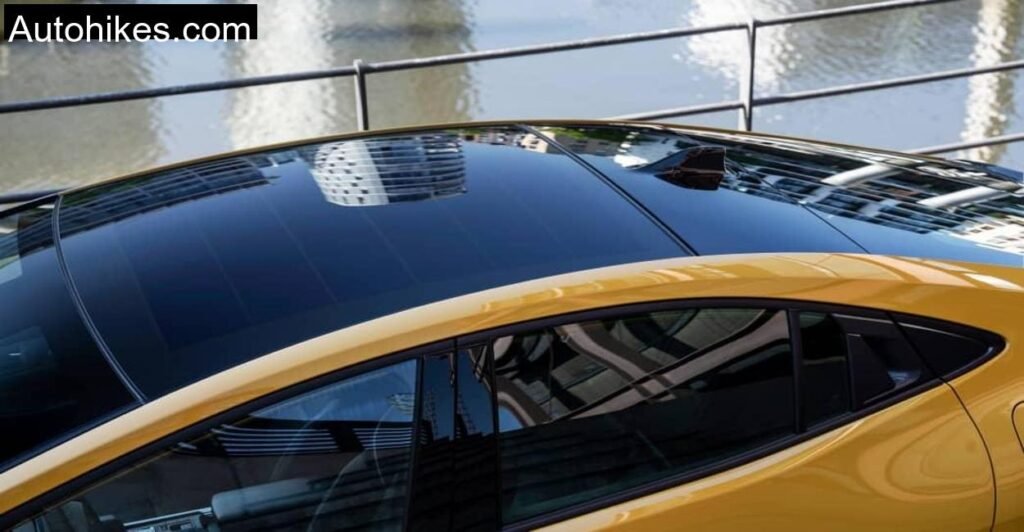
EV Range and Charging: Real-World Usability
One thing I really wanted to test was the electric-only range. Toyota claims up to 72 km, but in real-world driving through the Hahnenkamm and surrounding towns, I managed 63 km before the engine kicked in. That’s impressive, considering the elevation changes and cold weather.
Charging the 13.6 kWh battery from a standard wall box took just over four hours. Not blazing fast, but manageable for overnight home charging. The small 3.3 kW onboard charger is a limitation, especially if you rely on public infrastructure.
The solar roof is an interesting option. Toyota says it can add up to 8.7 km of range per day under ideal conditions. I didn’t get enough sun during my trip to verify this, but it’s a neat touch for eco-minded buyers.
Efficiency: Still a Prius at Heart
Let’s talk about what the Prius has always done best, saving fuel. In hybrid mode with a depleted battery, I recorded just under 5 liters per 100 km. With a full battery, the driving average dropped to 1.6 liters plus 11.2 kWh of electricity per 100 km. That’s seriously efficient.
Even better, the Prius doesn’t punish you for not charging regularly. Many plug-in hybrids guzzle fuel when the battery is empty. Not this one. It defaults to hybrid mode gracefully and remains frugal.
Toyota’s regenerative braking system allows for three levels of regen, which you can adjust via the gear selector. It’s not quite one-pedal driving, but it does help extend range and reduce brake wear.
Tech and Safety: Loaded from the Start
Toyota hasn’t skimped on safety. The Prius comes standard with a full suite of driver aids, including adaptive cruise control, lane keeping assist, cross-traffic alerts, pedestrian detection, and even a semi-autonomous parking system.
One standout feature is the Predictive Efficient Drive system. It learns your routes and driving habits to optimize regen and engine use. It felt a bit like magic when I noticed the car slowing slightly before downhill sections without me touching the brake.
That said, the driver monitoring system can be overbearing. It dinged me a few times for glancing sideways or slightly exceeding the speed limit. A little more tolerance would be appreciated.
Conclusion: A Prius You’ll Actually Want
After a full day of driving through alpine roads, city streets, and country highways, I can say this: the 2024 Toyota Prius Plug-in Hybrid is no longer just the sensible choice, it’s a desirable one. It blends efficiency, design, and real-world performance in a way that no previous Prius has.
It’s not perfect. The rear seat is tight, the infotainment system needs an update, and the charging speed is limited. But for daily commuting, weekend getaways, or even a spirited mountain drive, the Prius delivers.
At €45,290, it’s not cheap. But when you consider the tech, the efficiency, and the newfound driving joy, it starts to make sense. This is a Prius that finally matches its green credentials with genuine appeal.
What is the real-world electric range of the 2024 Prius Plug-in Hybrid?
In mixed driving conditions, I achieved 63 km on electric power alone, very close to Toyota’s claimed 72 km WLTP figure.
How fast is the new Prius?
It does 0-100 km/h in 6.8 seconds. In the 60–100 km/h range, it’s even quicker than some turbo diesels, thanks to the instant torque from the electric motor.
